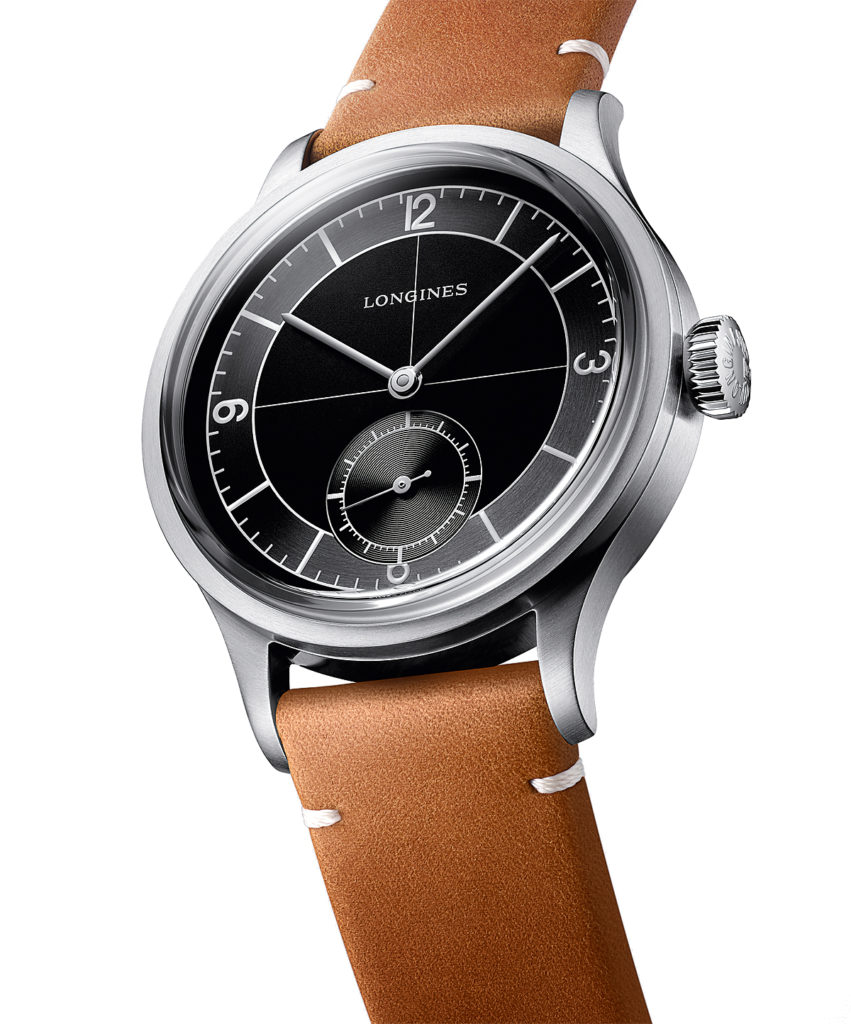Since the introduction of the Omega Seamaster 300 in 1993, watches with wave patterns on their dials have become increasingly popular. Here’s a closer look at some of the current models.
Tissot Seastar 2000 Professional
Tissot’s very large and robust dive watch is water-resistant to 600 meters and impresses with its irregular wave pattern, which resembles the surface of the sea in a strong swell. The hour markers, attached to the edge of the dial, float above it and call to mind surfers or sailboats that barely touch the water as they glide along its surface. The watch is available with a blue, turquoise or anthracite-colored dial. The case is equipped with an automatic helium valve for saturation diving.
Stainless steel, ceramic bezel, 46 mm, ETA C07.111, automatic, $1,025.

Breguet Marine 5517
Like all the watches launched since the collection’s last major refresh in 2017, the Marine 5517 maintains a classic, naval chronometer-inspired design, is distinguished by both luxurious and sporty elements, and hosts signature hallmarks of the collection such as Roman numerals, a 100-meter water resistance, and Breguet-style hands, to name a few.
Rose gold, 40 mm, Caliber 777A, automatic, $28,600.

Baume & Mercier Riviera
The Riviera that Baume & Mercier has now reactivated is inspired by a model from 1973. While it’s not a dive watch, it’s certainly a sporty companion for a vacation. The wave pattern on the dial is particularly architectural, but this in no way detracts from the overall impression made by this lighthearted accessory. The blue version with the matching rubber strap calls to mind the clear waters of the Mediterranean or South Seas. The pressure resistance to 100 meters is sufficient for boat trips, kite surfing and relaxing hours beside the pool.
Stainless steel, 42 mm, Sellita SW200, automatic, $2,500.

Mido Oceanstar 200C
Green has been popular in the watch world for a number of years, but the combination of fir green and maritime-inspired dial engraving looks quite unusual. Mido uses this daring combination in its Oceanstar line of dive watches. The number in the model’s name stands for the water resistance in meters and the “C” refers to the newly introduced ceramic bezel, which teams up with the sapphire crystal to protect the dial against scratches. There are even waves on the stainless-steel back, where they share the limelight with a starfish engraved in relief.
Stainless steel, ceramic bezel, 42.5 mm, ETA C07.621, automatic, $1,150.

Seiko Prospex SRPE07
Joining Seiko’s highly coveted “Save The Ocean” series, the SRPE07 “King Turtle” brought an improved bezel and large cyclops to the collection in 2020. The dial design is themed around Great White Sharks to mark the preservation and understanding of these beautiful creatures (there’s even a shark dorsal fin hidden near the 8 o’clock index).
Stainless steel, ceramic bezel, 45 mm, 4R36, automatic, $595.

Oris Aquis Pro Date Calibre 400
The subtle wave pattern on the dial is the only bit of playfulness Oris allows in this extremely useful watch for professional divers. All other details are rigorously functional: the bezel’s entire scale glows in the dark, the Rotation Safety System allows the bezel to rotate only after the surrounding safety ring has been pulled up, and the water resistance to a depth of 1,000 meters is well beyond a casual diver’s deepest descent. These features, plus the well-thought-out bracelet with its loss-prevention and quick-extension mechanisms, almost make you glad to discover the nonfunctional pattern on the dial.
DLC-coated titanium, ceramic bezel, 49.5 mm, manufacture Calibre 400, automatic, $4,600.

TAG Heuer Aquaracer Professional 300
The 43-mm version of the new Aquaracer has straight transverse grooves on its dial, while the 36-mm version shown here is more playful. The wave pattern boasts the softest, most curved shape of all the watches here and makes the dial almost look like a casually thrown piece of fabric. This small version of the Aquaracer is equally convincing in other details with water resistance to 300 meters, intensely radiant luminous material in green and blue, and a secure folding clasp with quick-extension mechanism.
Stainless steel, ceramic bezel, 36 mm, Calibre 5 based on Sellita Caliber SW200, automatic, $2,800.







































